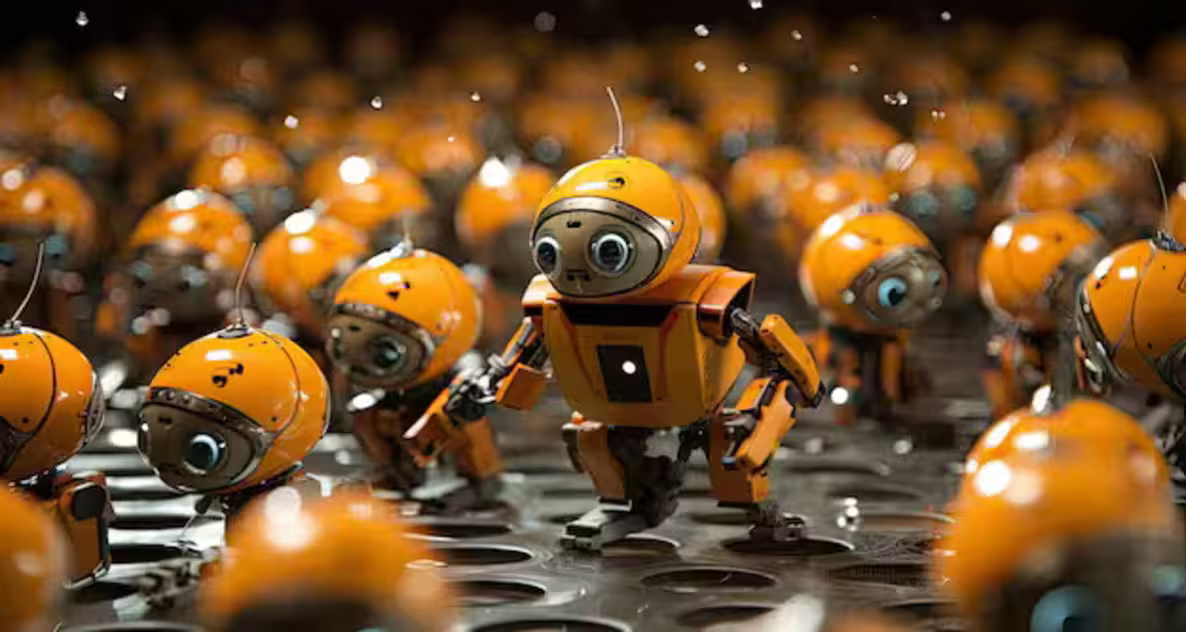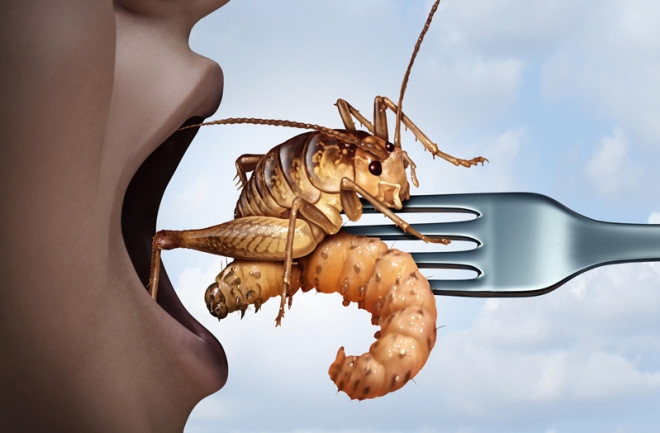Swarm Robotics: The Role in Environmental Conservation
Swarm robotics is an innovative field of robotics inspired by the collective behavior of social insects like ants, bees, and termites. This approach involves the coordination of large numbers of relatively simple robots that work together to accomplish tasks that would be impossible for a single robot to achieve. Swarm robotics leverages principles from biology, artificial intelligence, and robotics to develop systems where individual robots follow simple rules and local interactions, leading to the emergence of complex global behavior.
One of the key advantages of swarm robotics is its robustness and flexibility. In a swarm system, each robot operates autonomously and independently, without a central control unit. This decentralized approach ensures that the system can continue to function even if some robots fail or are removed. The loss of a few robots does not significantly impact the overall performance, making the system highly resilient to failures and adaptable to dynamic environments. This characteristic is particularly valuable in applications like search and rescue missions, where robots must navigate unpredictable terrains and work under challenging conditions.
Swarm robotics also offers scalability. The performance of a swarm system can be easily scaled by simply adding more robots to the group. This scalability is achieved without the need for significant changes to the underlying algorithms or infrastructure, making it cost-effective and efficient. As a result, swarm robotics is well-suited for tasks that require coverage of large areas, such as environmental monitoring, agricultural automation, and surveillance.
In the realm of environmental monitoring, swarm robots can be deployed to collect data on air and water quality, track wildlife movements, and monitor ecosystems. Their ability to work collectively allows them to cover vast areas more quickly and efficiently than traditional methods. For instance, swarm robots equipped with sensors can be used to detect pollutants in water bodies, providing real-time data for environmental protection agencies to take prompt action.
Agricultural applications of swarm robotics are also gaining traction. Swarm robots can be utilized for tasks such as planting, weeding, and harvesting crops. By working together, these robots can improve the efficiency and precision of agricultural operations, leading to increased crop yields and reduced labor costs. Additionally, swarm robots can gather data on soil conditions and plant health, enabling farmers to make informed decisions about irrigation, fertilization, and pest control.
The field of swarm robotics is not without its challenges. Ensuring effective communication and coordination among robots, particularly in large swarms, is a complex problem that requires sophisticated algorithms and robust hardware. Additionally, developing energy-efficient robots with long operational lifespans remains a critical area of research.
Despite these challenges, the potential applications and benefits of swarm robotics are vast. Ongoing advancements in artificial intelligence, machine learning, and robotics are driving the development of more capable and efficient swarm systems. As the technology continues to evolve, swarm robotics is poised to revolutionize various industries, offering innovative solutions to complex problems through the power of collective intelligence.
https://www.marketdigits.com/swarm-robotics-market-1697718682 Swarm Robotics: The Role in Environmental Conservation
Swarm robotics is an innovative field of robotics inspired by the collective behavior of social insects like ants, bees, and termites. This approach involves the coordination of large numbers of relatively simple robots that work together to accomplish tasks that would be impossible for a single robot to achieve. Swarm robotics leverages principles from biology, artificial intelligence, and robotics to develop systems where individual robots follow simple rules and local interactions, leading to the emergence of complex global behavior.
One of the key advantages of swarm robotics is its robustness and flexibility. In a swarm system, each robot operates autonomously and independently, without a central control unit. This decentralized approach ensures that the system can continue to function even if some robots fail or are removed. The loss of a few robots does not significantly impact the overall performance, making the system highly resilient to failures and adaptable to dynamic environments. This characteristic is particularly valuable in applications like search and rescue missions, where robots must navigate unpredictable terrains and work under challenging conditions.
Swarm robotics also offers scalability. The performance of a swarm system can be easily scaled by simply adding more robots to the group. This scalability is achieved without the need for significant changes to the underlying algorithms or infrastructure, making it cost-effective and efficient. As a result, swarm robotics is well-suited for tasks that require coverage of large areas, such as environmental monitoring, agricultural automation, and surveillance.
In the realm of environmental monitoring, swarm robots can be deployed to collect data on air and water quality, track wildlife movements, and monitor ecosystems. Their ability to work collectively allows them to cover vast areas more quickly and efficiently than traditional methods. For instance, swarm robots equipped with sensors can be used to detect pollutants in water bodies, providing real-time data for environmental protection agencies to take prompt action.
Agricultural applications of swarm robotics are also gaining traction. Swarm robots can be utilized for tasks such as planting, weeding, and harvesting crops. By working together, these robots can improve the efficiency and precision of agricultural operations, leading to increased crop yields and reduced labor costs. Additionally, swarm robots can gather data on soil conditions and plant health, enabling farmers to make informed decisions about irrigation, fertilization, and pest control.
The field of swarm robotics is not without its challenges. Ensuring effective communication and coordination among robots, particularly in large swarms, is a complex problem that requires sophisticated algorithms and robust hardware. Additionally, developing energy-efficient robots with long operational lifespans remains a critical area of research.
Despite these challenges, the potential applications and benefits of swarm robotics are vast. Ongoing advancements in artificial intelligence, machine learning, and robotics are driving the development of more capable and efficient swarm systems. As the technology continues to evolve, swarm robotics is poised to revolutionize various industries, offering innovative solutions to complex problems through the power of collective intelligence.
https://www.marketdigits.com/swarm-robotics-market-1697718682




